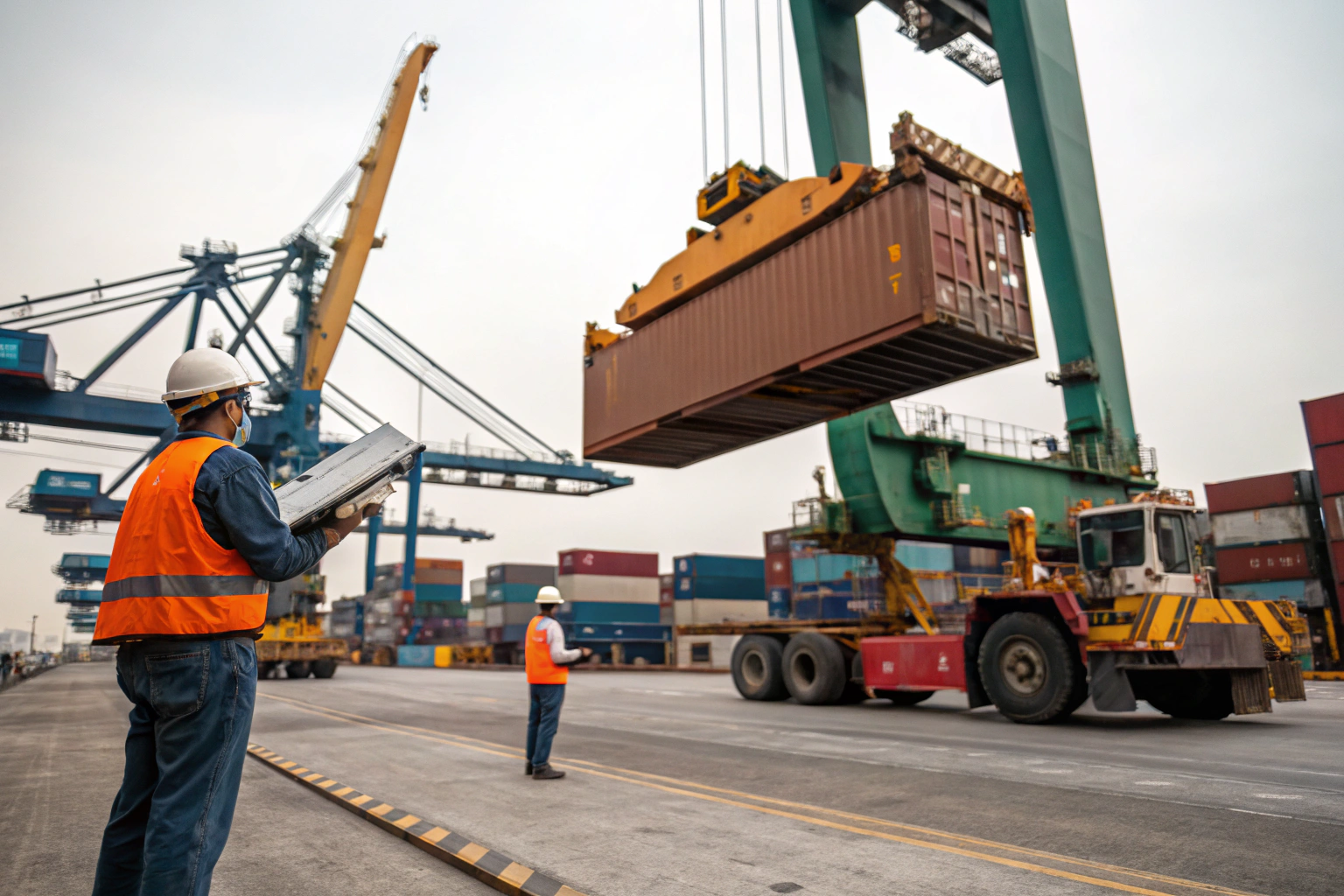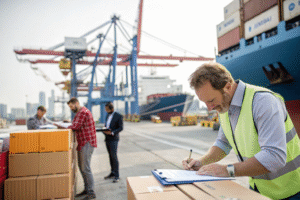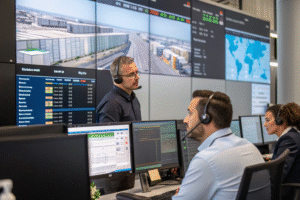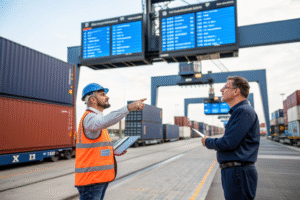Oversized cargo shipping has always been one of the most technically demanding areas in freight forwarding. Many importers and exporters feel worried when machinery, construction equipment, or other large goods exceed the standard container dimensions. If handled poorly, oversized cargo may lead to severe financial losses, shipment delays, or even accidents.
Freight forwarders manage oversized cargo by applying international shipping standards, using specialized equipment, obtaining regulatory permits, and coordinating with multiple stakeholders to ensure compliance, safety, and efficiency.
In my years of experience, I have seen shipments move successfully only when strict planning was combined with academic precision and professional expertise. From referencing international standards like INCOTERMS to applying port handling protocols, every detail matters. Let us explore how forwarders like us manage oversized cargo step by step.
What equipment is used to transport oversized cargo?
Shipping oversized cargo is impossible with standard containers. Freight forwarders rely on specialized equipment that complies with both port infrastructure and international safety standards.
Flat-rack containers, open-top containers, modular trailers, and heavy-lift cranes are the most common tools.
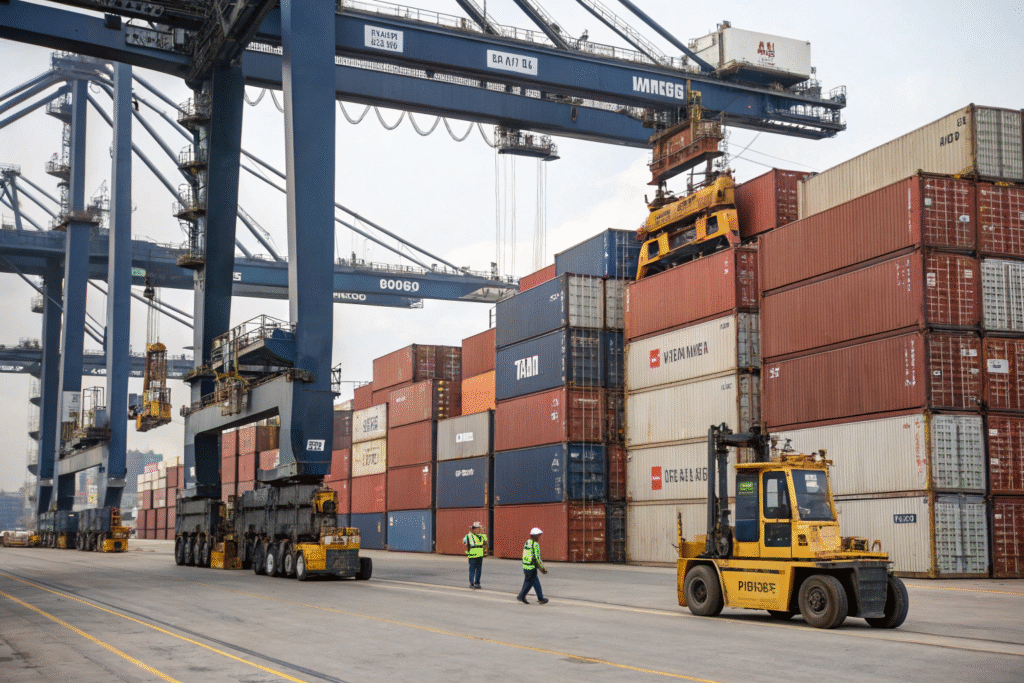
Why are flat-rack containers essential?
Flat-rack containers are designed without side walls, which allows them to carry wide or heavy machinery. Carriers like Maersk provide guidelines on maximum load and securing methods. By following ISO container safety standards, freight forwarders minimize risks.
How do heavy-lift cranes improve safety?
Ports such as the Port of Rotterdam are equipped with cranes capable of lifting hundreds of tons. These cranes ensure oversized cargo is loaded and unloaded in accordance with international safety codes, which reduces operational risks and protects workers.
Why are permits and regulations critical for oversized cargo?
Oversized cargo cannot move freely across borders or even domestic highways without permits. Each jurisdiction enforces strict laws on weight, length, width, and height restrictions.
Freight forwarders must secure permits for road transport, port handling, and customs clearance to prevent delays or fines.
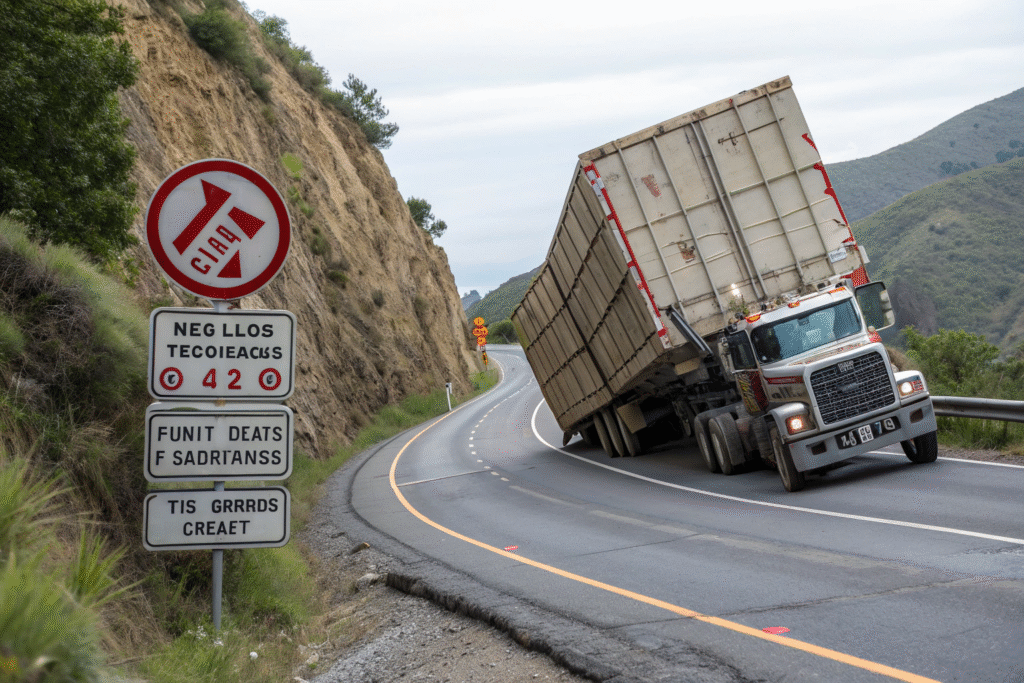
What permits are most common?
In the U.S., the Department of Transportation requires permits for highway movements of oversized cargo. In Europe, road authorities issue specific permits for crossing bridges and tunnels. Internationally, compliance with the International Maritime Organization standards ensures sea transport safety.
How do forwarders ensure compliance?
Experienced forwarders prepare documentation in advance, sometimes weeks before shipment. Training from organizations like FIATA equips professionals with knowledge of international oversized cargo standards. By respecting these frameworks, delays are minimized and cargo remains compliant throughout the journey.
How is oversized cargo secured during transport?
The most dangerous risk in oversized cargo shipping is improper securing. Since goods extend beyond normal dimensions, they face higher risks from weather, road vibrations, and sea conditions.
Cargo is secured through lashing, blocking, bracing, and protective coverings, following international codes such as the IMO Cargo Securing Manual.
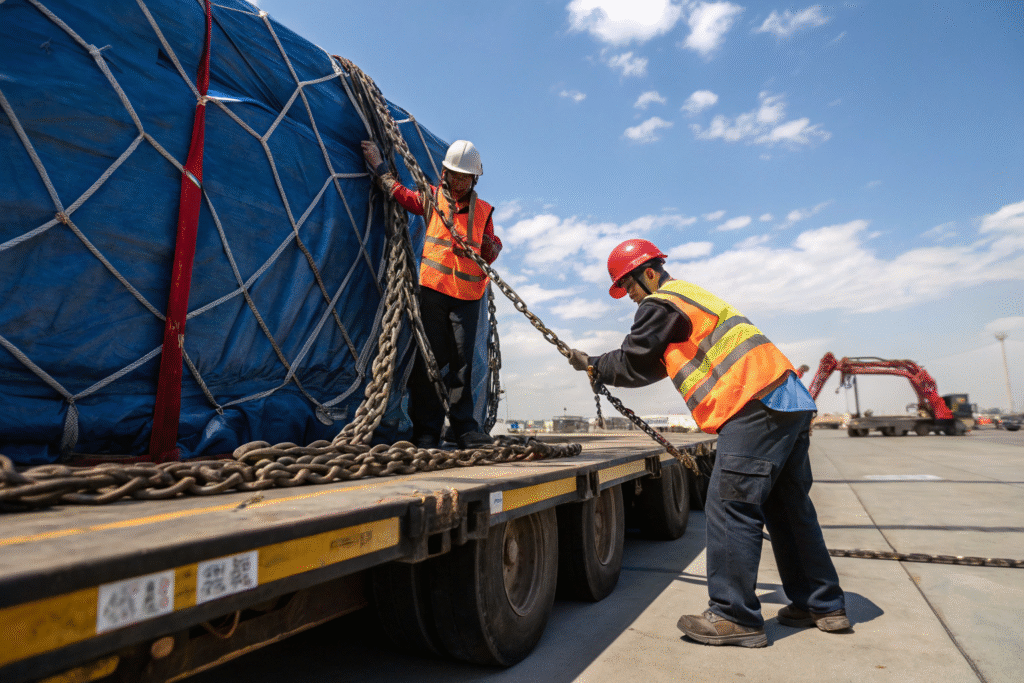
Why is proper lashing essential?
Incorrect lashing leads to cargo shifting, which can cause accidents or cargo loss. The International Maritime Organization provides technical guidelines for securing oversized loads at sea. These are applied by freight forwarders and port authorities globally.
How do forwarders reduce risks?
We often build custom crates, use waterproof tarps, or apply shrink-wrap to protect sensitive cargo. Marine insurance from Lloyd’s of London is commonly used to cover potential damage. Combining engineering-based lashing calculations with insurance ensures client investments are protected.
What role does route planning play in oversized cargo logistics?
Route planning is not only about cost or distance; it is about physical feasibility. Oversized cargo may face restrictions from low bridges, tunnel limits, or port infrastructure.
Freight forwarders plan multimodal routes that bypass obstacles and select ports designed for project cargo handling.
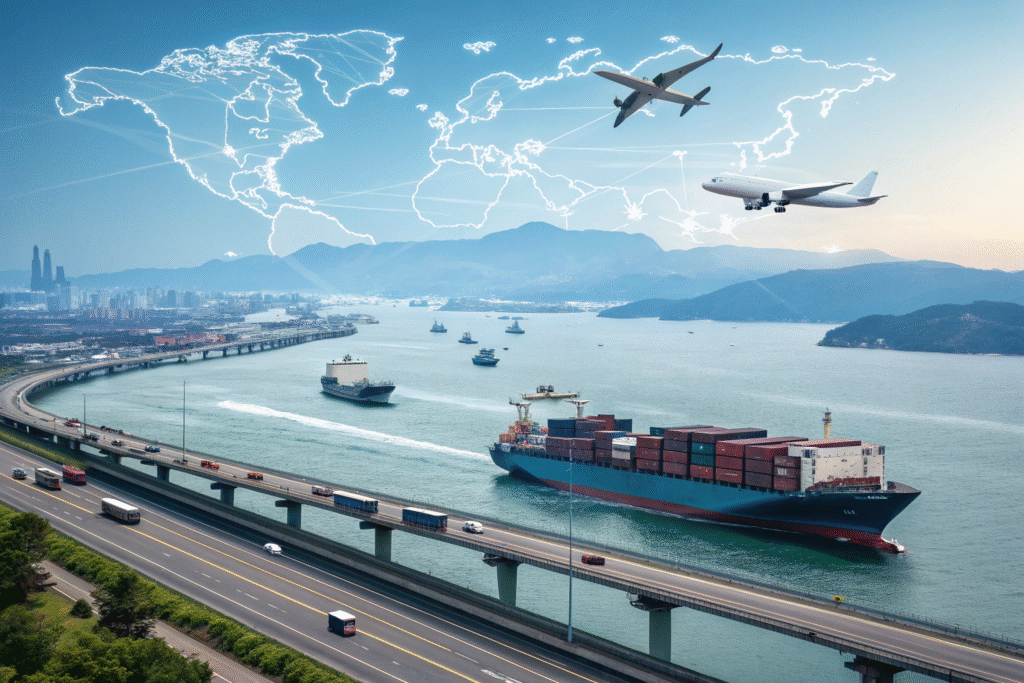
Why is sea freight most efficient?
Most oversized cargo moves by sea, where project cargo vessels can accommodate heavy and large shipments. Companies like BBC Chartering specialize in this service, enabling global trade in industries such as energy and construction.
When is air freight used?
Air freight is rarely chosen due to cost, but urgent oversized shipments sometimes require it. The Antonov An-225 was one of the only planes capable of handling such loads. While costly, it demonstrates how freight forwarders adapt when time sensitivity outweighs expense.
Conclusion
Freight forwarders handle oversized cargo by combining academic precision with professional practice. From equipment selection and regulatory compliance to securing systems and route planning, every stage requires technical expertise and deep industry knowledge. By aligning operations with international standards and working with global carriers, we ensure oversized cargo moves safely, efficiently, and reliably. For businesses importing from Asia to America and Europe, the right freight forwarder transforms oversized cargo from a logistical nightmare into a seamless process.
